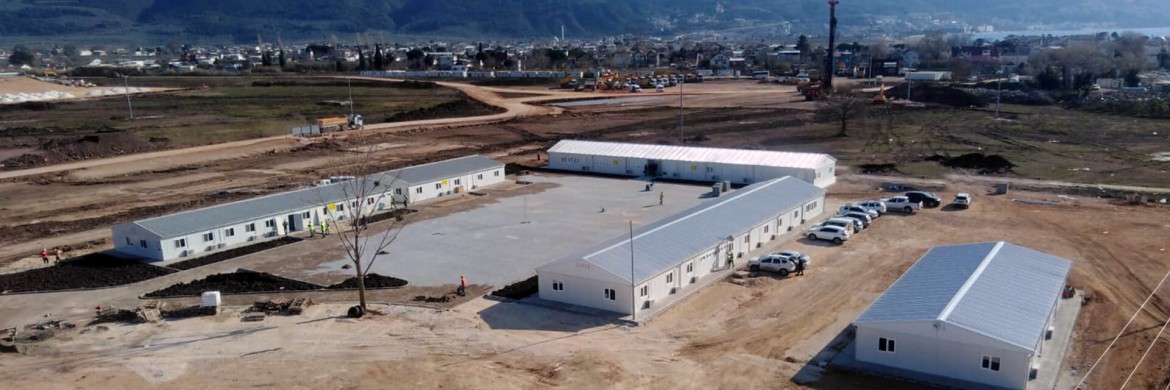What is Modular Construction? A Modern Building Solution
Modular construction is a modern building method where structures are manufactured off-site and assembled on location. It offers faster timelines, reduced costs, and improved sustainability. Used in everything from homes to hospitals, this innovative approach is transforming the construction industry. With greater efficiency and flexibility, modular construction is shaping the future of how buildings are designed and delivered.
What is Modular Construction?
Modular construction is a modern building technique where structures are constructed off-site in controlled factory settings and then assembled on-site. These structures are built in sections, known as modules, that are designed to fit together seamlessly. Once transported to the final location, they are joined to form a complete building that looks and functions like a traditionally built structure.
The key difference from conventional methods is that modular building construction emphasizes speed, precision, and efficiency. It has become increasingly popular in both residential and commercial sectors due to its flexibility and cost-effectiveness. This innovative approach is revolutionizing how we think about architecture and construction today.
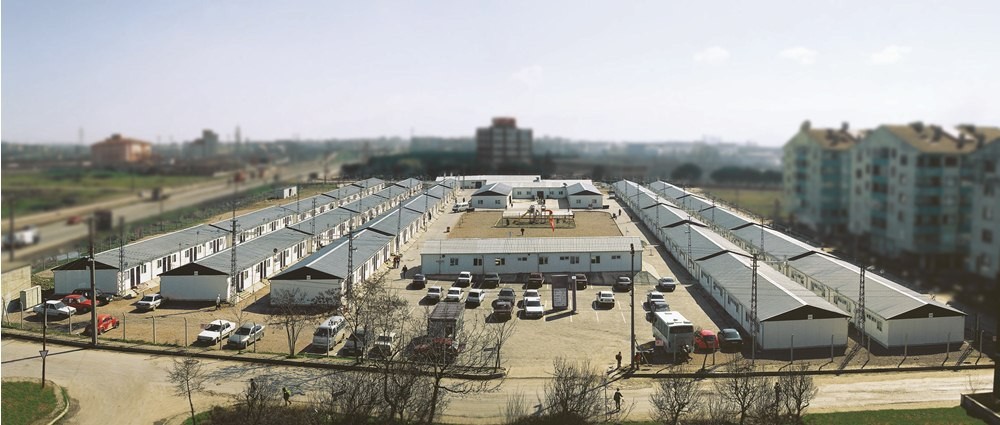
How Does Modular Construction Work?
The process of modular construction begins with detailed design and planning, followed by the off-site manufacturing of individual building modules. These modules include all necessary systems like plumbing, electrical wiring, and insulation. At the same time, groundwork and site preparation are conducted at the final building location.
Once the modules are completed, they are transported to the site and assembled using cranes. This simultaneous production and preparation significantly shortens project timelines. Depending on the types of modular construction used—like permanent or relocatable structures—the final product meets or exceeds standard building codes and regulations, ensuring safety and durability.
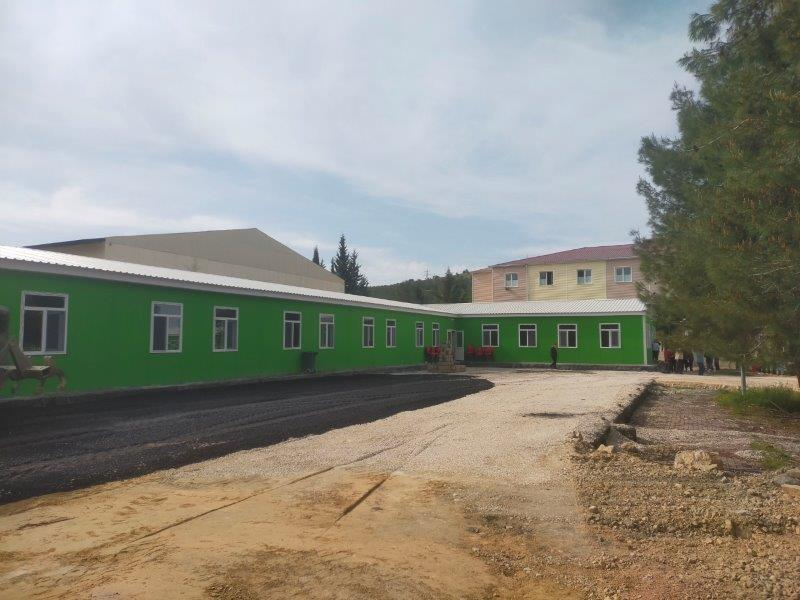
What Are the Advantages of Modular Construction?
One of the most significant advantages of modular construction is time efficiency. Projects can be completed up to 50% faster than traditional builds because site work and building fabrication happen concurrently. This reduced construction time minimizes labor costs and shortens return-on-investment periods for developers.
Additionally, modular construction benefits include enhanced quality control, reduced material waste, and less disruption to the surrounding environment. Controlled factory conditions allow for better oversight and consistency in materials and workmanship. This method also promotes safety by limiting the amount of time workers spend on active construction sites, reducing potential hazards.
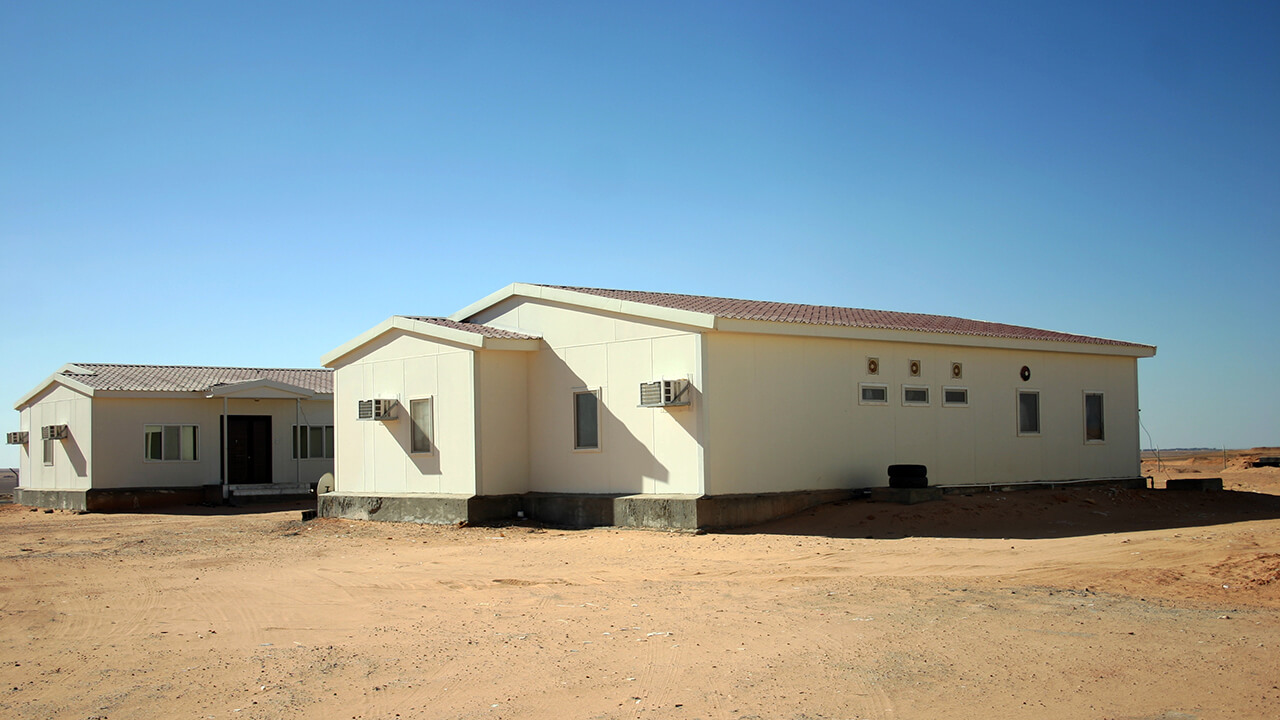
What Types of Buildings Can Be Modular?
A wide variety of structures can be built using modular building construction techniques. These include homes, hospitals, schools, hotels, and office buildings. Advances in design and engineering have expanded the potential applications of this method, making it a preferred choice for both temporary and permanent structures.
The versatility of types of modular construction allows for customization and scalability, meaning the buildings can grow or change as needs evolve. This adaptability makes modular designs suitable for urban developments, remote locations, and even complex architectural projects.

Container Buildings
Container buildings are a specific form of modular construction that repurposes shipping containers into habitable or usable spaces. These structures are cost-effective, durable, and quick to install, making them ideal for emergency housing, pop-up shops, or mobile offices. Their modular nature allows them to be stacked or arranged in various configurations.
Prefabricated Buildings
Prefabricated buildings are built in sections or panels off-site and then assembled at the location. They are a core component of modular building construction and are known for their high quality, energy efficiency, and fast installation times. Prefab solutions are often used for schools, medical facilities, and temporary offices.
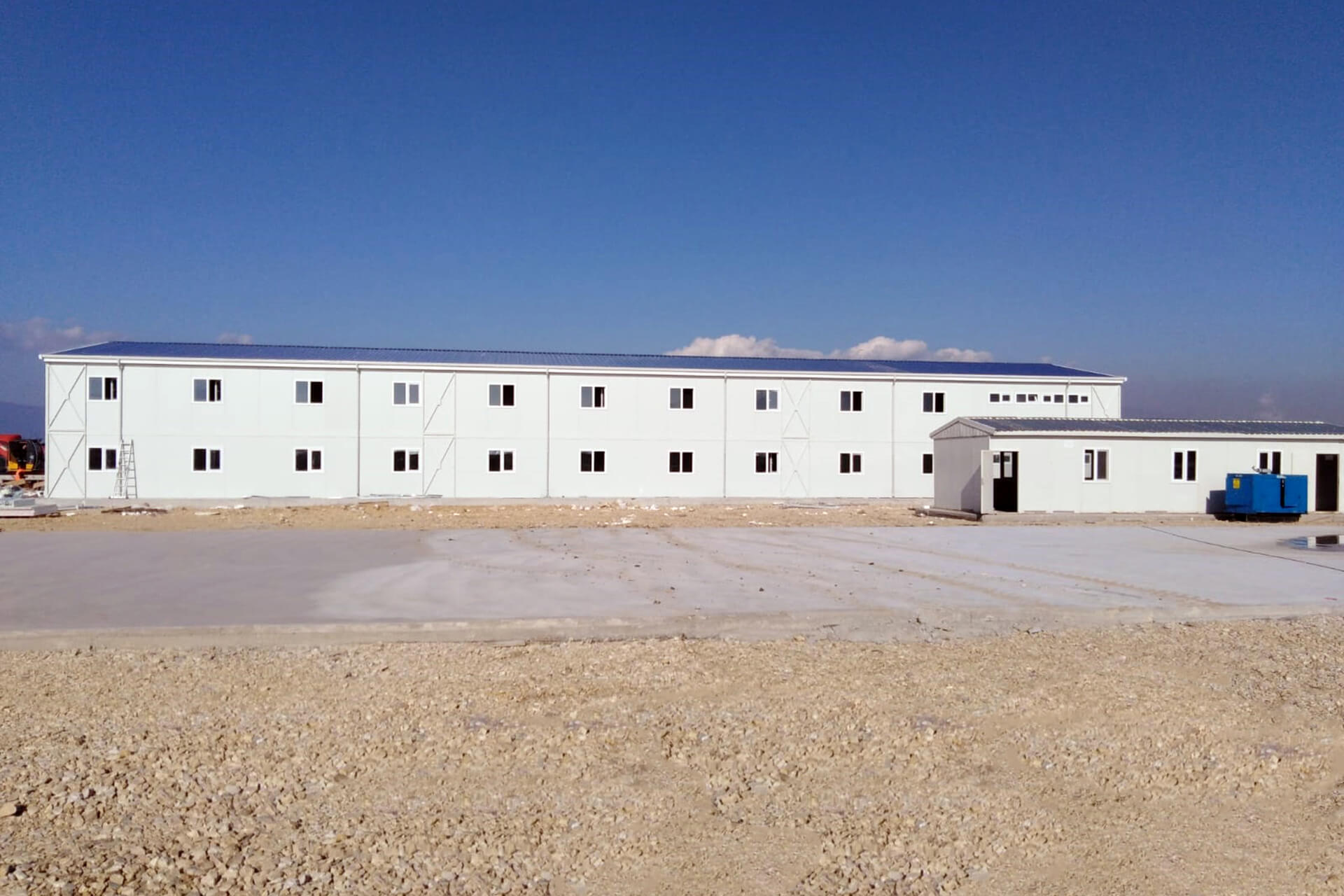
Is Modular Construction Sustainable?
Sustainability is one of the most recognized modular construction benefits. Because much of the work is done in a factory-controlled environment, material use is optimized, and waste is significantly reduced. Unlike traditional construction sites, modular projects generate less debris and pollution, making them an eco-friendly choice for modern developments.
In addition, many types of modular construction support energy-efficient design through better insulation, advanced HVAC systems, and smart building technologies. The reuse and relocation potential of modular units further enhances their sustainable appeal, particularly for temporary or rapidly changing infrastructure needs such as disaster relief or remote medical camps.
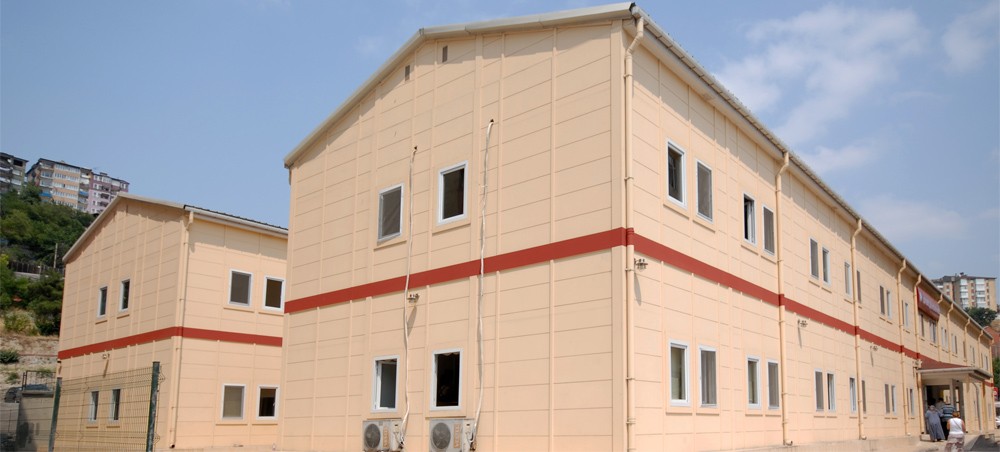
How Long Do Modular Buildings Last?
Modular building construction is engineered for long-term durability. Contrary to the myth that modular buildings are only temporary, these structures can last for decades when properly maintained. Their lifespan is comparable to traditionally built properties, especially when high-quality materials and skilled assembly methods are used.
Permanent steel modular construction buildings, in particular, offer excellent longevity and resistance to environmental stress. These structures are designed to meet or exceed local building codes, and with appropriate maintenance, can remain in use for 30, 50, or even more than 60 years, depending on environmental conditions and usage intensity.
How Durable Are Modular Structures?
Modular construction emphasizes structural integrity, especially in regions with challenging weather conditions. Buildings created through steel modular construction methods are particularly known for their resilience. Steel frames offer enhanced protection against fire, termites, mold, and moisture, making them a strong choice for long-term occupancy.
Durability is also ensured through strict quality control at the factory stage. Since all components are manufactured under controlled conditions, the consistency in materials and techniques reduces the likelihood of defects. This translates into a final product that is both durable and reliable, whether it’s used for housing, healthcare, or commercial purposes.
Is Maintenance of Modular Buildings Easy?
One of the often-overlooked modular construction benefits is the simplicity of maintenance. These buildings are designed with modularity in mind, meaning individual components can be repaired, replaced, or upgraded without impacting the entire structure. This ease of maintenance makes them particularly attractive for schools, clinics, and commercial facilities.
In addition, buildings made with modular construction techniques often come with pre-installed systems that are easier to access. Because much of the internal work is done in factory settings, wiring, plumbing, and insulation are more uniformly installed, leading to fewer issues down the line and simplified inspection or maintenance procedures.
What is the Future of Modular Construction?
The future of modular construction is bright, driven by rapid advancements in technology and an increasing demand for efficient, sustainable, and scalable building solutions. With growing urban populations and the need for affordable housing, modular building construction offers a faster, more flexible way to meet global infrastructure challenges.
Innovations like steel modular construction, automation, and 3D printing are expected to reshape the landscape of architecture and engineering. Moreover, the variety of types of modular construction will continue to expand, offering more customized and complex solutions for everything from high-rise apartments to specialized healthcare centers.

